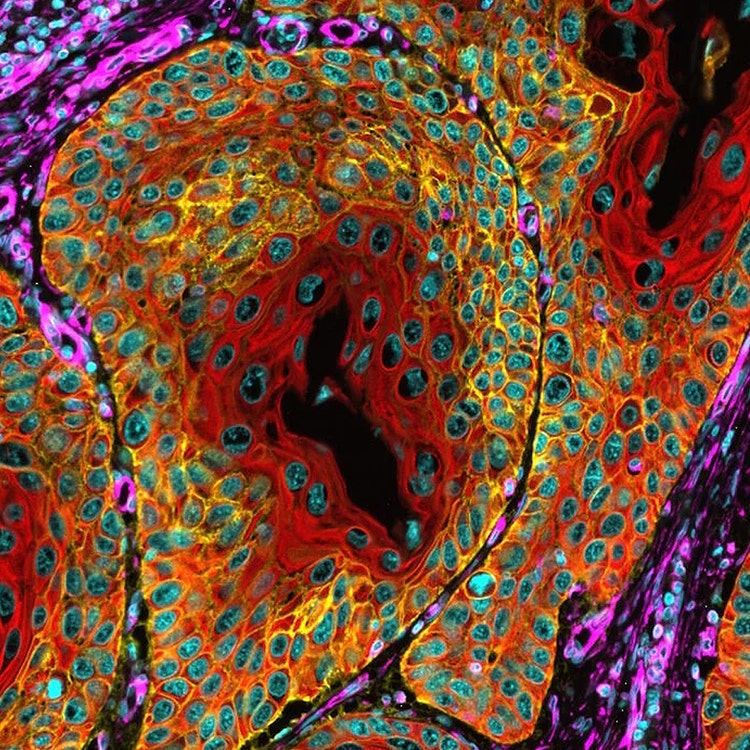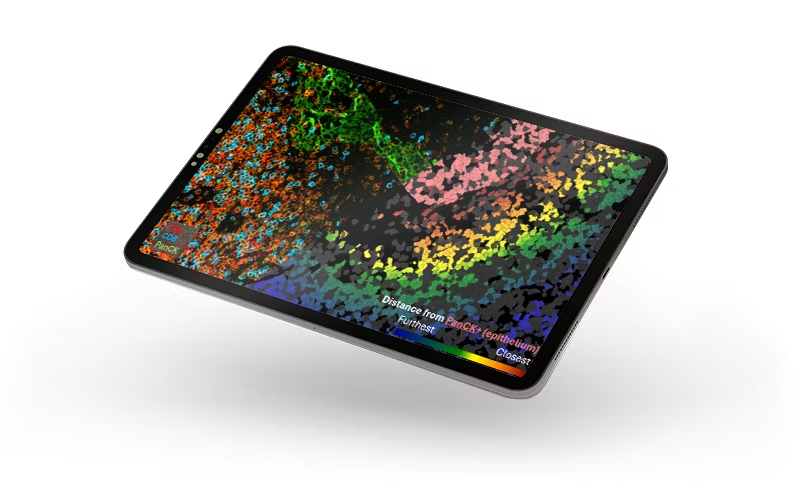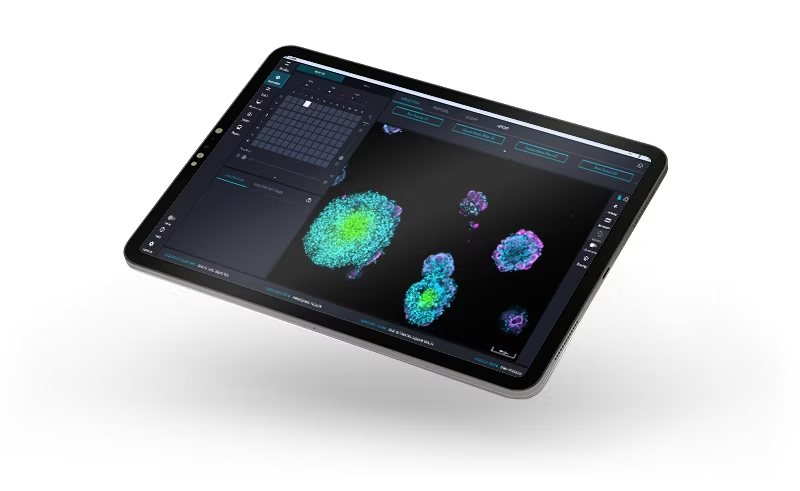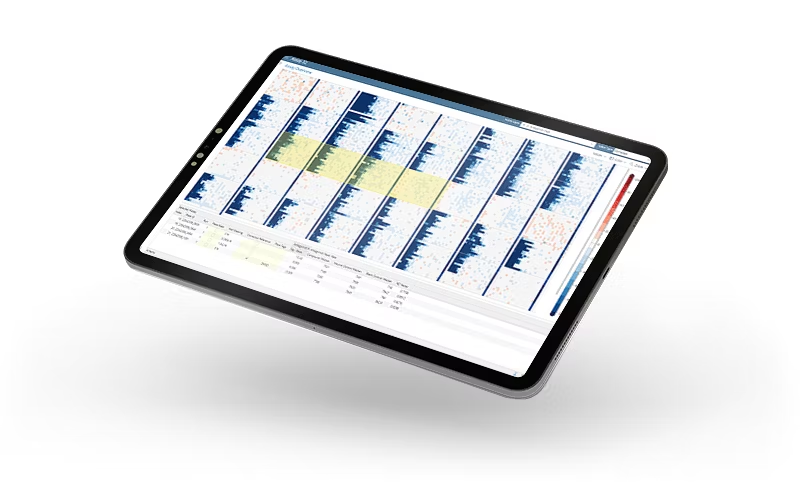Digital Solutions l Extracting deeper phenotypic and biological context.
Enriching research through artificial intelligence and machine learning.
Adopting the latest innovative analytical software can increase your decision-making confidence.

Why It Matters
Enabling Confident Decisions at Every Stage of the Therapeutic Lifecycle
Leaders can make confident decisions when data, workflows and analytics are connected from discovery through manufacturing. This reduces risk, shortens development timelines and delivers more substantial returns while helping bring new therapies to patients more quickly.
AI-powered and machine learning (ML) image analysis speeds up discovery and decision-making. It aids target identification, phenotypic screening, spatial profiling and biomarker research. By combining high-content imaging and deep visual proteomics with advanced analytics, researchers can gain deeper biological insights faster, with better reproducibility and scalability.
The life sciences companies of Danaher support these applications with our advanced AI/ML portfolio of solutions. Contact one of our experts to learn how we can help you generate insights.
Enhancing Imaging Value
High-content imaging and deep visual proteomics provide insights into biological mechanisms during drug response and translational research studies. However, drawing clear conclusions or identifying patterns during analysis can sometimes be challenging.
AI/ML image analysis tools offer several benefits:

Driving Actionable Insights


We see a way to reduce time from raw image to fully analyzed data by up to 74%.
Leica Microsystems | Aivia AI Image Analysis Software


We see a way to accelerate High Content Imaging 4X and enable AI-generated analysis.
Molecular Devices | IN Carta Image Analysis Software


We see a way to increase assay sensitivity by 50% using AI-based phenotypic classification.
Genedata | Genedata Screener

Videos
Additional Resources
FAQs
What is AI-driven image analysis and how does it work in life sciences?
AI-driven image analysis utilizes sophisticated algorithms to examine microscopic images and extract valuable insights. In life sciences, it aids in understanding complex cellular mechanisms and processes relevant to translational research, drug discovery and development.
How does AI improve accuracy and efficiency in image analysis?
AI enhances accuracy and efficiency by eliminating the subjectivity found in manual analysis. Additionally, it assists in detecting patterns that might otherwise remain hidden or unnoticed through basic analysis.
Which imaging types can AI analyze?
AI can analyze all types of images, from brightfield to confocal images. It can also be used for nanoscale imaging, like electron transmission microscopy.
How does AI accelerate drug discovery and research?
AI is accelerating drug discovery and research in several ways. It helps with target identification, unlocks complex cellular behaviors in cell-based assays, decodes spatial dynamics in tissue samples and can even help repurpose or design new drugs.
What should be considered when using AI in regulated labs?
Concerns vary by laboratory type, but key considerations include data security, regulatory compliance, algorithm performance and validation, documentation, audit trails and addressing ethical issues related to its use.


